10. A Clockwork Orange (1971) Dir. Stanley Kubrick
The cat lady is killed with “an important work of art”
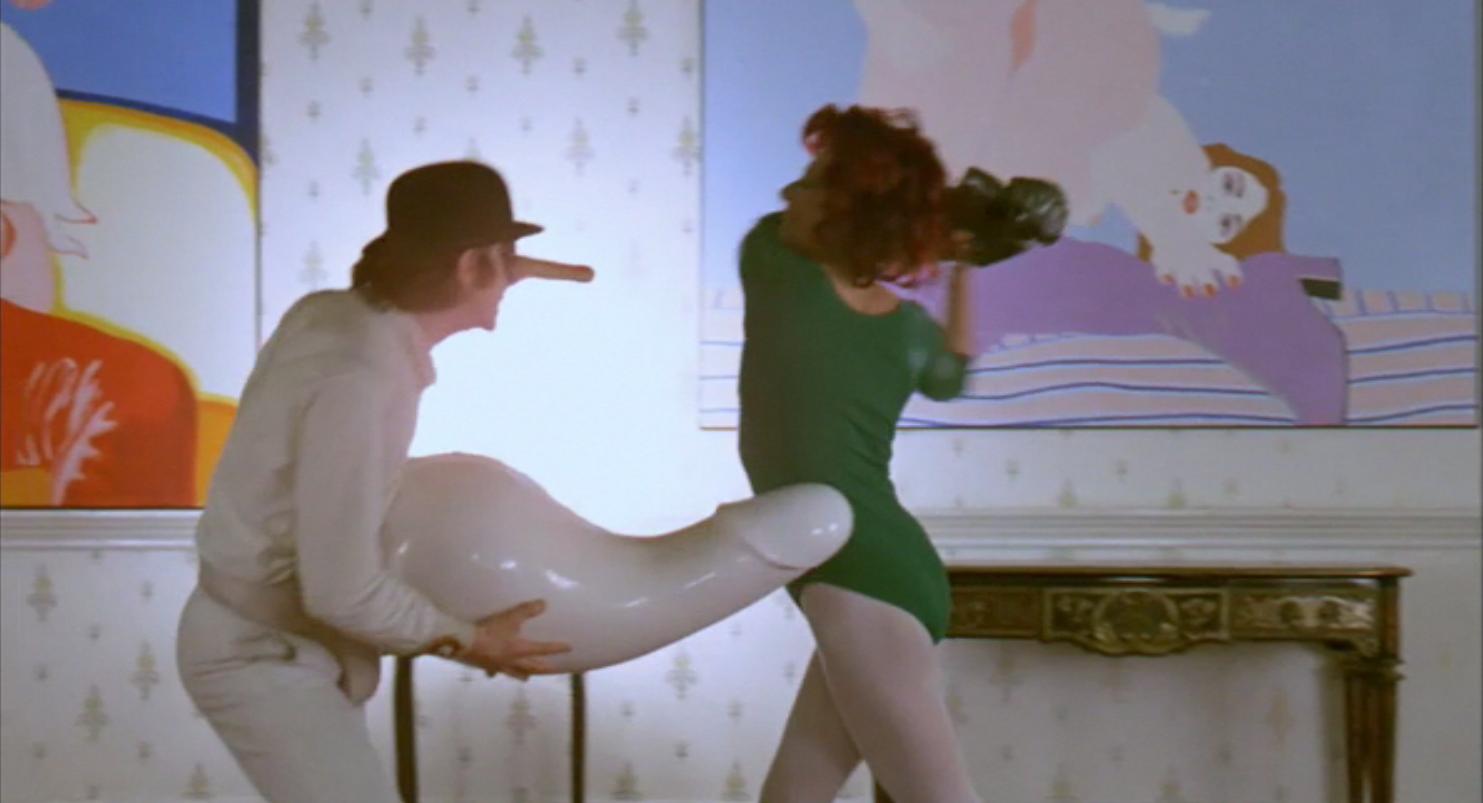
The cat lady finishes her phone call when Alex breaks into the eye-soaring room where she exercises. The classical music and Alex calling her “Naughty, naughty, naughty. You filthy old smoonka!” make this scene one of the most surrealist and absurdist. It’s interesting to know you can listen to Beethoven’s music from the very beginning until the end of the film, and when the woman gets really mad, what she grabs as a weapon is Beethoven’s bust.
Alex holds in his hands what she thinks to be a very “important work of art,” a huge white penis, in order to defend himself against her. The struggle ends when the lady falls off. In this moment, Alex kills the woman, beating her to death with the “important work of art”.
9. Pulp Fiction (1994) Dir. Quentin Tarantino
Ezekiel 25:17
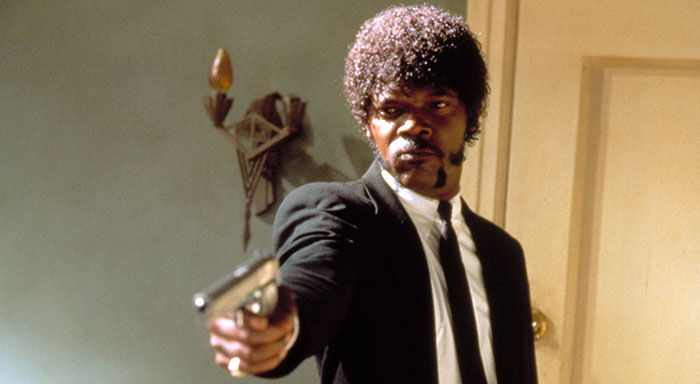
In this list, Tarantino’s “Pulp Fiction” could not be missed since it’s full of worth-remembering killing scenes, such as the one in which Vincent accidentally shoots poor Marvin in the face. This chosen scene is the first killing scene in the film, and after this killing, which shows us cruel gunshots at point-blank range, it’s hard to stop watching this great film.
What interests the viewers more rather than the killing is Jules’ speech before shooting at the guy sitting on the chair. For those who haven’t had enough time to read the Bible, this moving passage doesn’t belong to it. Since Tarantino was a big fan of Sonny Chiba, he decide to repeat the opening credits of Chiba’s “Karate Kiba” almost verbatim. It is the speech that gives a powerful and ceremonious tone to this violent beginning of one the most iconic and important films of the 20th century.
8. Scarface (1983) Dir. Brian de Palma
Final scene, the shootout. Say hello to my little friend.
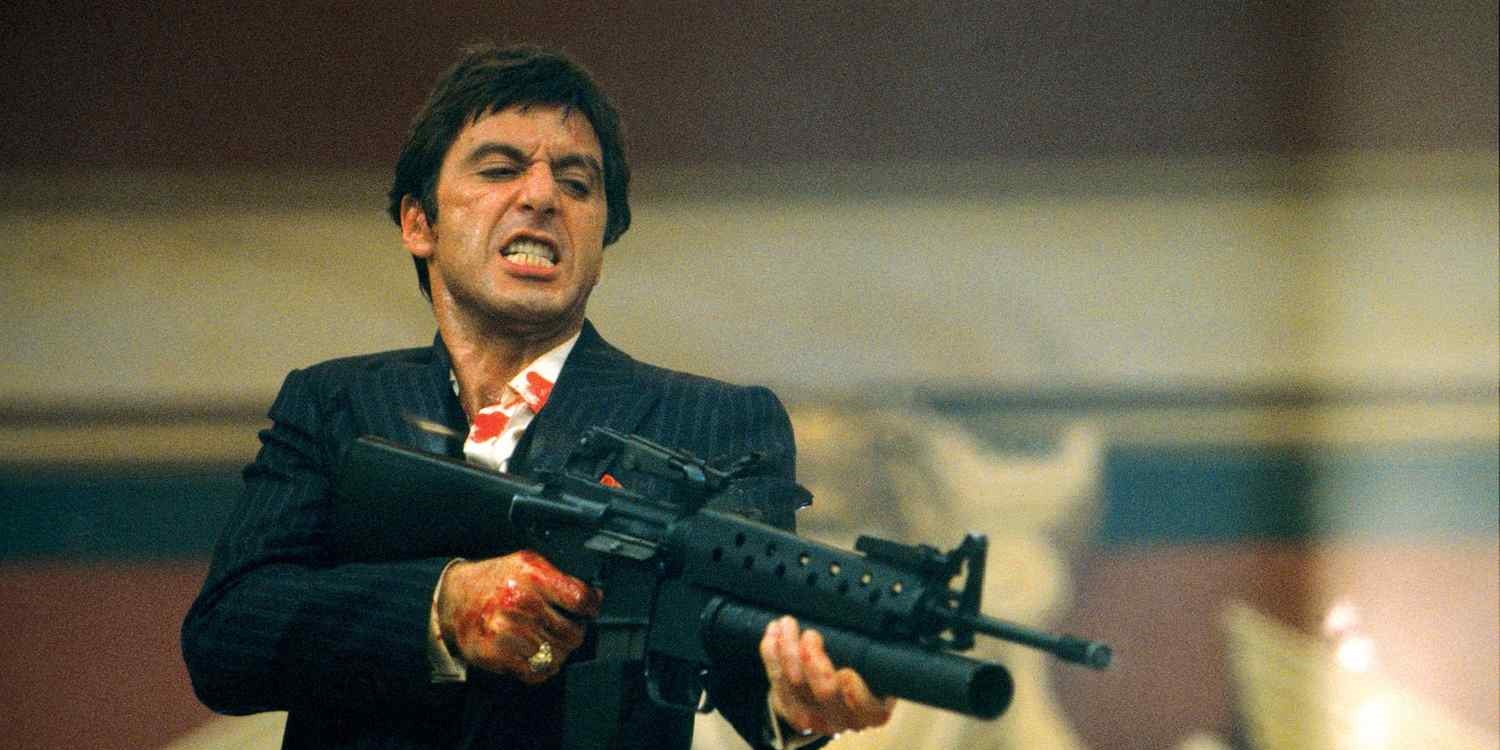
You may already know that this scene is one of the most iconic and famous of all American gangster movies. Tony Montana, equipped with a grenade-launcher M16A1, awaits in his mansion for Sosa’s men.
All by himself, Tony has to fight Sosa’s men with his “little friend,” a military rifle used in the Vietnam War. Tony ends being shot several times; however, he continues shooting at the invading group. Only when he’s shot from behind with a shotgun does he really die, falling into a fountain which is in front of a statue reading “The World is Yours.”
Many believe that “Scarface” has been greatly influenced by Shakespeare’s Macbeth since Tony and Macbeth are overly ambitious killers who are willing to kill their superiors to gain power, and as a result of their excessive ambition, both characters find the imminent downfall.
7. The Assassination of Jesse James by the Coward Robert Ford (2007) Dir. Andre Dominik
Jesse James knows his friends are going to kill him. However, he accepts his death.
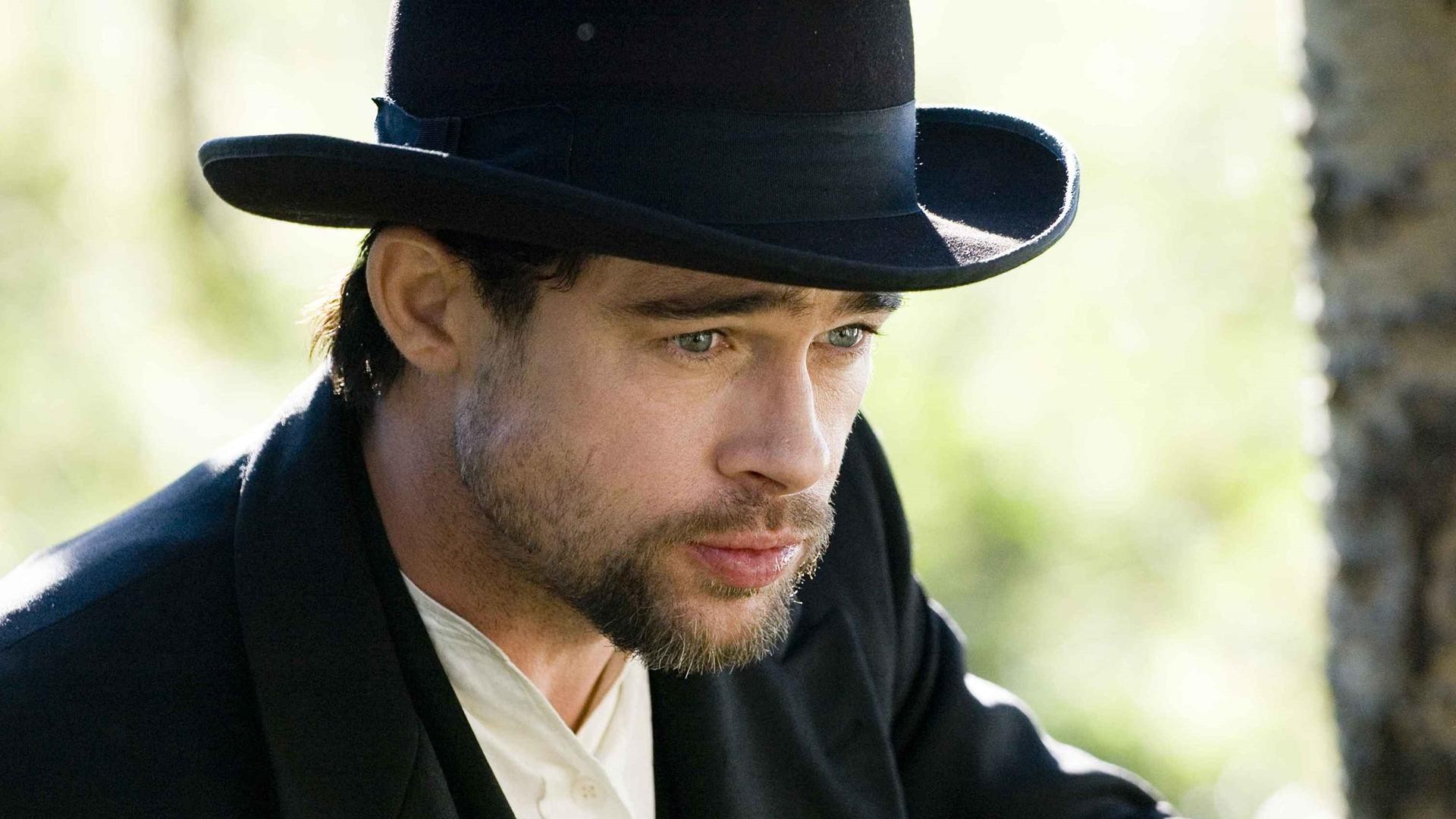
After several robberies, Charlie and Robert Ford agree to kill Jesse James, the leader of the gang. Nick Cave’s soundtrack shows the feeling of the three characters who know perfectly what’s going to happen, but still they decide to go on with the inevitable end. Jesse decides to wipe off the dust on a picture. Although it seemed that Charlie was going to be the one to kill Jesse, it is Robert who swiftly aims at him and shoots him in the back of his head.
This scene is the one that gives the title to the film. Robert Ford assassinates Jesse, and after this, he brags of this killing and uses it in a show of his own, which recreates the betrayal of a friend. Some consider this action worthy of admiration, while others regard the assassination with disdain.
6. Kill Bill Vol. 1 (2003) Dir. Quentin Tarantino
The Bride vs. the Crazy 88s
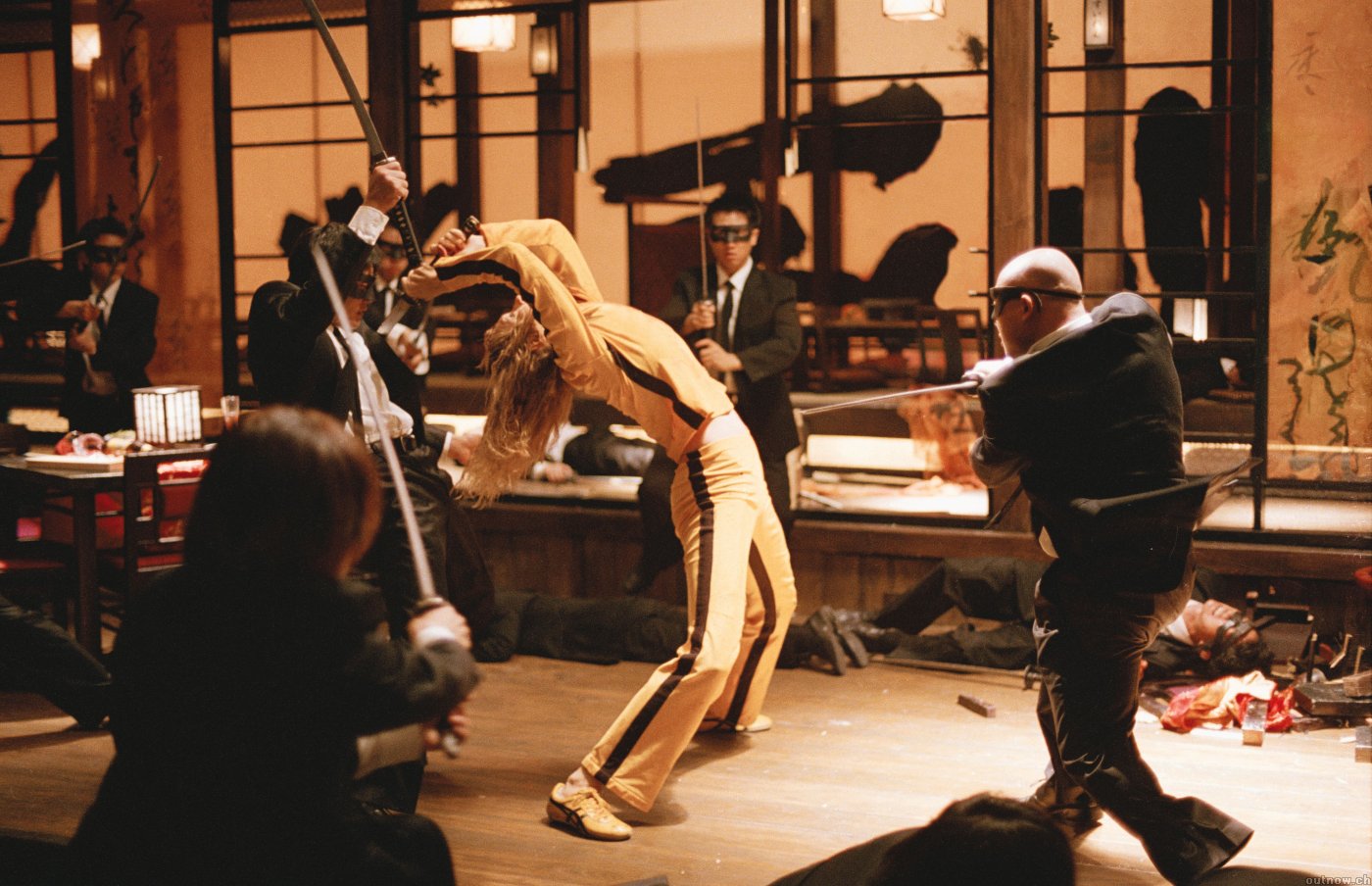
Revenge and martial arts make a distinctive blend in this film. The Bride wears the identical yellow jumpsuit Bruce Lee wore in “Game of Death” (1978); this jumpsuit is a nod to the kung fu movies Tarantino has always loved, which have had a great influence on him. Not only the jumpsuit, but also all the camera movements, such as the zoom-in giving the scene the sense of watching a classic kung fu movie.
The Bride kills a large number of swordsmen, and what the viewer finds in this scene are the amputations of limbs, incredible somersaults, and lots and lots of blood splattering. Near the end of the scene, a guy turns off the light and we are only able to see the shadows of people fighting, and when there’s only one guy left alive after the bloodshed, comedy appears.
5. The Godfather (1972) Dir. Francis Ford Coppola
The baptism scene
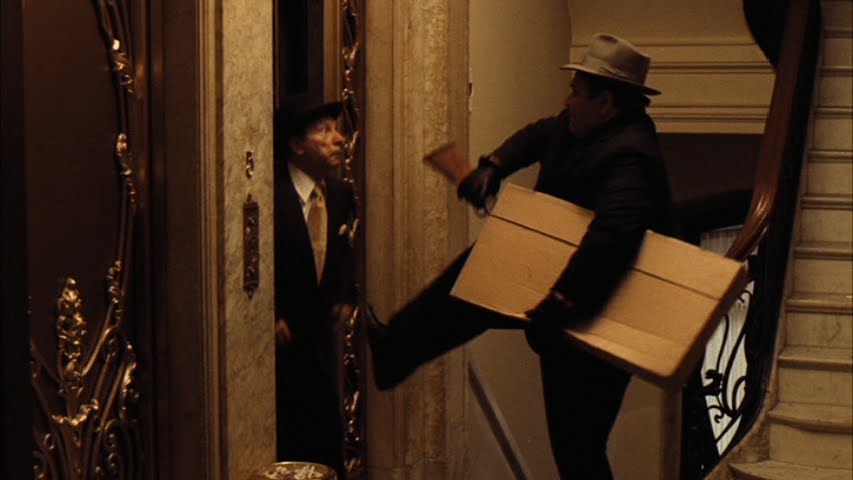
After returning from Sicily, Michael Corleone ignores his father’s advice of not avenging Sonny Corleone’s death in order to avoid a war between the Five Families. Michael attends to his nephew’s baptism as the godfather to the little Michael Rizzi to use it as an alibi, while all the killings are carried out by other members of the family. In contrast with the quiet scene of the baptism, the killing scenes make this part of the film one of the most beautiful, powerful, and spine-chilling in cinema history.
The extradiegetic organ music, the consecration in Latin, and Michael renouncing Satan give the scene a solemn and almost terrifying atmosphere, which juxtaposes with the flawless murders of the five heads of the Five Families. As soon as the murders occur, it’s possible to find some influence from the film “Battleship Potemkin.”
4. M (1931) Dir. Fritz Lang
The opening scene in which Elsie mysteriously disappears
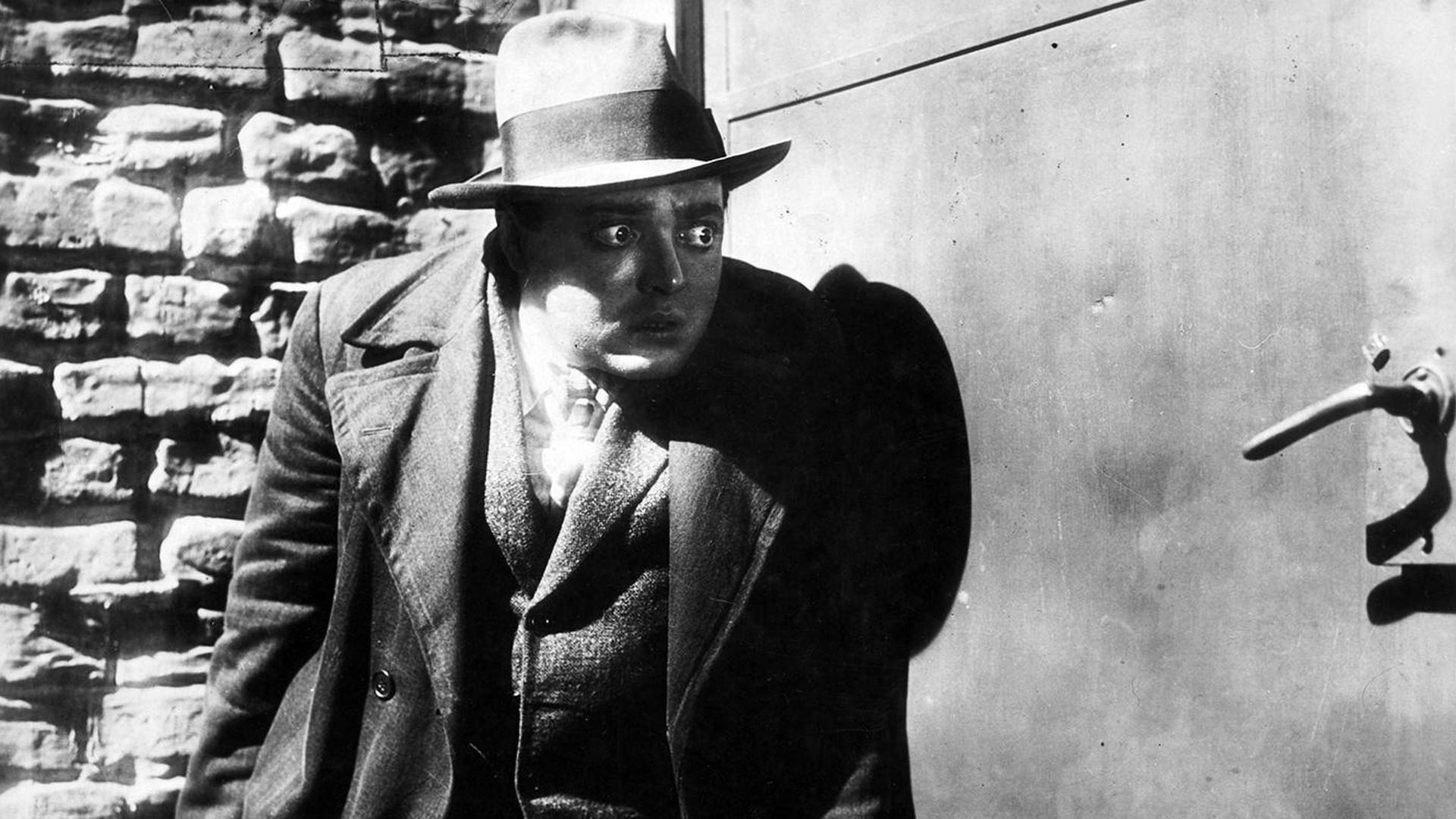
Currently, thanks to technological developments, people are used to watching very graphic killing scenes in which a large amount of blood is spilt, and as filmmakers know well, violent images have a tempting attraction to viewers. But what happens when the violence is implicit? The opening scene of Lang’s “M” shows an innocent game between children in which a little girl points out who’s going to be murdered by the “man in black.” What the viewer doesn’t expect is that what seems to be an everyday scene turns into a tragic murder.
The continuity editing shows us the moment in which Elsie Beckman walks home from school while her mother waits for her at home. When the little girl plays with a ball, throwing it against the wall, we’re able to read a poster advising that a murderer is on the loose. Suddenly, a mysterious silhouette of a man appears. While Elsie’s mother nervously waits for her, the news is spreading throughout the city.
3. Thrones of Blood (1957) Dir. Akira Kurosawa
Toshiro Mifune’s shot by the archers. Last scene.
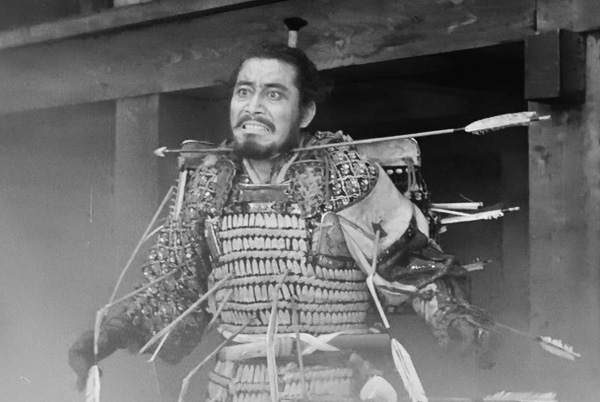
This visually stunning scene shows the great capacity Japanese filmmakers had always had to create powerful and incredible films. In this scene, arrows were actually shot at the main actor by more than 20 archers. The trick used in order to achieve this astounding scene was to put needles, thicker than the ones used for sewing, in the head of the arrows. Mifune, provided with protective boards underneath his armor, agreed to go along with the scene.
The scene shows Mifune’s exasperation with the soldiers who disobey him. When the first arrow is shot, Mifune calls them cowards because they’re betraying him. A second hits in his belly, and after pulling it out from his body, a rain of arrows toward him begins.
2. Psycho (1960) Dir. Alfred Hitchcock
The famous shower scene
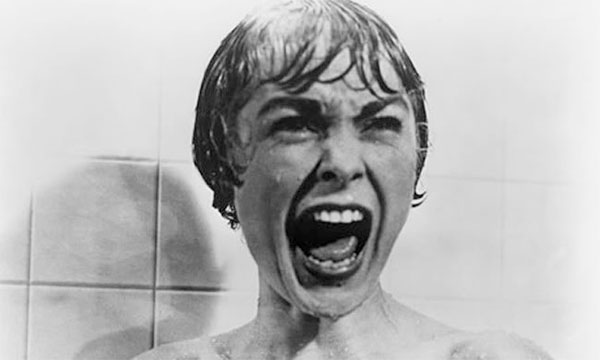
This scene is Hitchcock’s most famous 45 seconds, and as incredible as it might seem, it took seven days to film it. The shower scene has been a source of inspiration for many, and a lot has been said about it. Some believe this part of the film shows a misogynistic act, while others believe that it would make you understand attitudes toward sex, mothers, and politics in the early 1960s in the United States.
When the curtain is pulled aside by what the viewer may believe to be a woman, the horror begins. This mysterious person repeatedly stabs the woman in the shower, while the violin’s screeching creates one the best scenes in cinema history. With regards to the editing, it’d be interesting to highlight that Hitchcock broke the rules of cinematic grammar by using jump-cuts and 80-degree shifts in viewpoint in order to make us believe the victim is being slammed against the wall.
1. Battleship Potemkin (1925) Dir. Sergei Eisenstein
The Odessa Steps
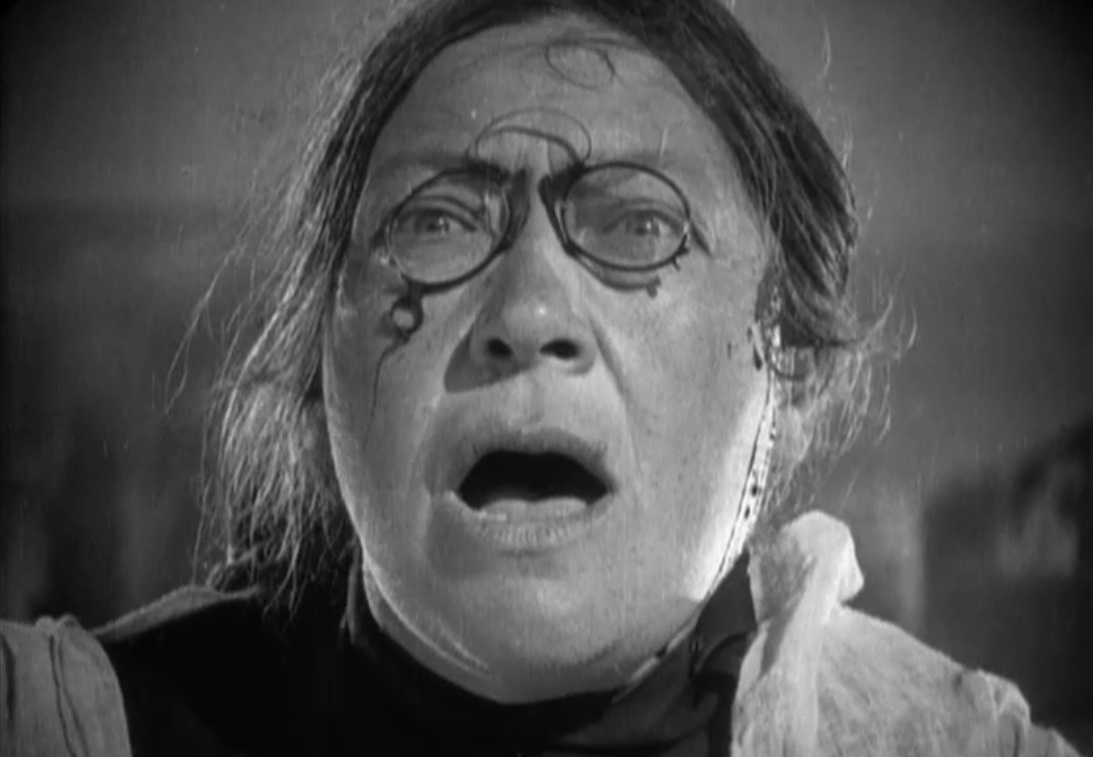
The Odessa Steps scene is one of the most famous scenes of Russian cinema, not only for its horrifying and impressive spectacle, but also for its political meaning and the great impact it had on cinema. The already mentioned shootout scene in “The Untouchables,” the assassination scene in Hitchcock’s “Foreign Correspondent” (1941), or even Woody Allen’s battle scene in which a soldier is shot in the eye in “Love and Death” (1975) are only three examples of how this scene has enormously influenced filmmakers.
In the scene, a crowd of citizen celebrates the victory of the sailors over the Czarist army on the Battleship Potemkin. As a group of soldiers unexpectedly appears, the chaos is spread by the shootings, and the massacre quickly begins. It should be pointed out that Eisenstein metaphorically used the steps in order to show us the Russian civilians being in a precarious situation, losing their balance, unable to escape from the Czarist soldiers.